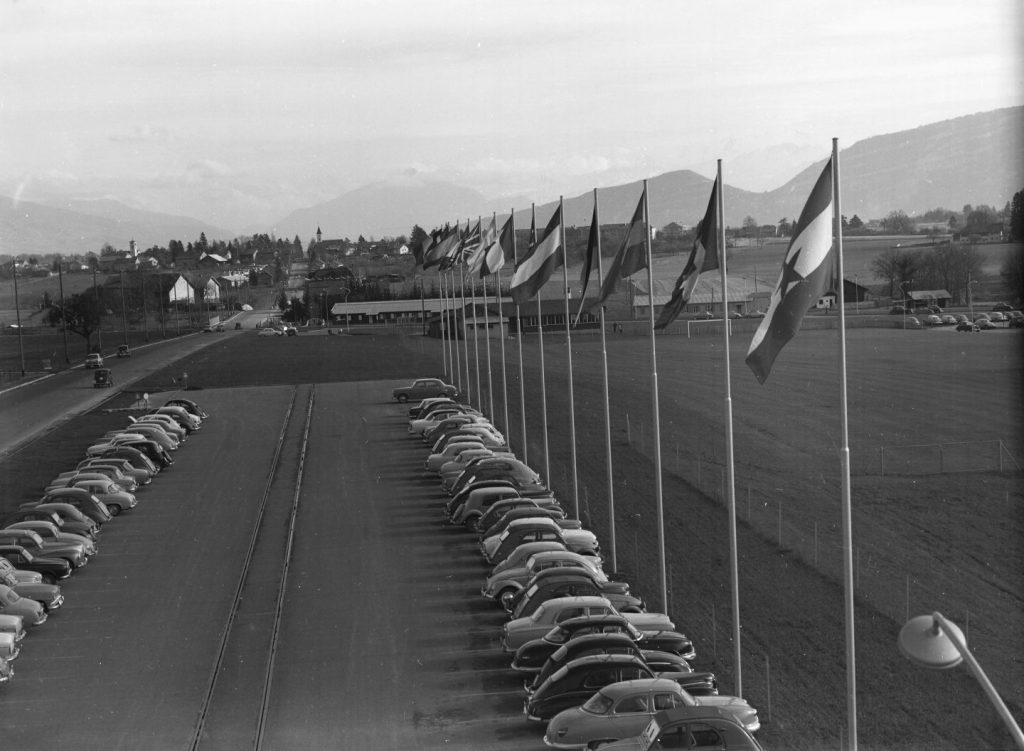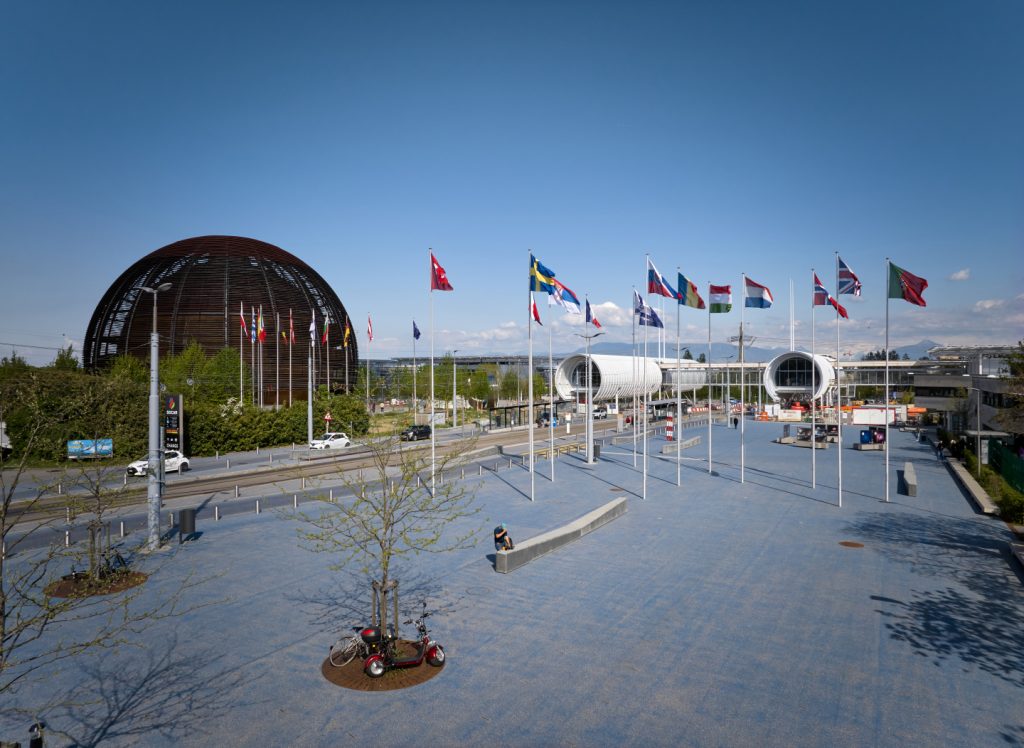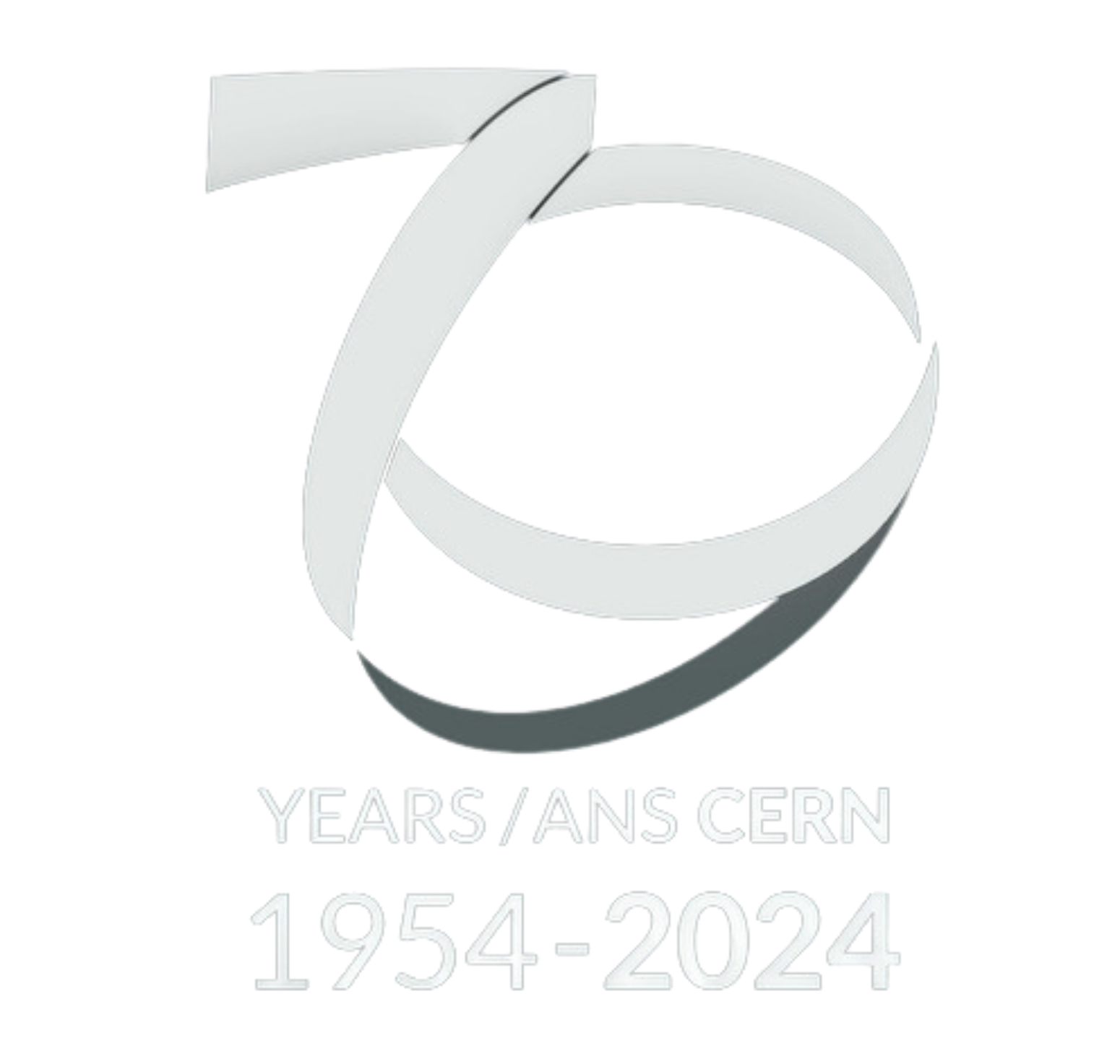There is a place at CERN where arguably most discoveries are made, new ideas flourish, old techniques are refined, and groundbreaking experiments are designed. This place is not some huge underground hall or experimental installation; it is the cafeteria, where people from around the world gather for informal meetings over coffee.
The diversity seen here, and the ease with which people collaborate towards a common scientific goal, is one of CERN’s greatest achievements and a testimony to the universal language of science.
It is a tribute to the foresight of CERN’s founding Member States that instead of pursuing twelve national agendas they chose a common path for fundamental physics. Today, CERN’s membership has grown to 23 states and scientists from over 110 nationalities come here to pursue their shared goals.


Over the years, CERN has always been open to the scientific communities of all nations, overcoming geographical and cultural barriers. It is no accident that many Eastern European countries joined CERN soon after the fall of the Berlin wall. And today, scientists from all around the world rub shoulders at the Laboratory.
CERN was the prototype for scientific collaboration in Europe and has given rise to organisations with remits ranging from astronomy to biology. The latest organisation to follow in CERN’s footsteps is SESAME, a laboratory for the Middle East based in Jordan.
Read more:
